The curtain falls on the 38th edition of Milano Unica, the fair dedicated to high-end textiles and accessories that closed its doors yesterday with a total attendance of 5,886. A result that marks an 11 percent increase over the corresponding 2023 edition, which had collected 5,304 at the usual Fiera Milano Rho exhibition spaces. In the spotlight were the spring/summer 2025 proposals presented from Jan. 30 to Feb. 1 by the 609 leading exhibitors, a number consisting of 508 companies and 101 special areas.
The closing figures also confirm the international vocation of the fair dedicated to high-end textiles and accessories, which put up a 26 percent growth (still on January-February 2023) on the foreign buyer front, with 1,903 companies taking part in the fair event, alongside 3,983 Italian companies (up 4 percent).
Regarding the geographical origin of visiting companies, “the extraordinary increase of China” stands out, the note says, accompanied by the growth of Japan (+57 percent). On the European front, “positively homogeneous” trends with performance in France (+75 percent), Poland (+30 percent), Great Britain (+26 percent) and Germany (+15 percent). “Satisfactory” was also the North American presence, with Canada up 48 percent and the United States stable, with 151 companies present.
The trade fair event, marking the last edition under the presidency of Alessandro Barberis Canonico, coincided with a complex moment for tricolor textiles, in a physiological slowdown after the post-Covid euphoria that had characterized 2022. Split into two halves with uneven trends, with a first half still showing momentum and a second half slowing down, the industry’s 2023 figure stood at 7.7 billion euros, down single digit by 2.5 percent on 2022, though still up 2.2 percent on 2019.
“In the aftermath of Covid, when consumption boomed,” the outgoing president, who will be succeeded by Simone Canclini starting next year, explained to Pambianconews, “the upstream of the supply chain had to ‘chase’ the rest of the supply chain. The result has been, in response to slowdowns in deliveries and supply chain jamming, a spasmodic increase in downstream orders, leading during 2023 to flooding among both textile and garment manufacturers. The issue of inventories has affected all links in the supply chain, right down to the stores, which still have to dispose of some of the unsold inventory, but in the face of a normalization of consumption that has taken place in the meantime.”
The wait now, agrees Barberis Canonico, aligning with the sentiment that emerged among companies at the show and industry forecasts, is for the second half of 2024. “The scenario outlined,” he specifies, “is valid, however, for the lower-middle end of the market, while it does not apply to luxury. The decline has been much smaller for the high-end, which functions according to different dynamics.” Also good for the textile fair, where high-end is strongly represented.
Hot topics include China, which is also problematic for luxury. “China has experienced the aftermath of the pandemic crisis in a deferred way, and it is having a hard time restarting, even in luxury.” Again, expectations for improvement are postponed until the end of this year.
Regarding the thematic directions of the fair, Barberis Canonico summarizes, “We want to represent the world textile of creativity and quality, as well as sustainability.” Also at the center is the advance of artificial intelligence and digitization, which will enable the supply chain, by relieving itself of the most mechanical and repetitive tasks, to place increasing value on the human contribution of male and female workers. And then traceability, which also makes the life cycle of the finished product visible to the end consumer, from the raw material to its landing in the store, along with the training of new talents who together constitute the cornerstones of the fashion of the future.
TKS PAMBIANCO

